Read about reptiles, listen and learn new words.
(Lasi par rāpuļiem, klausies un mācies jaunos vārdiņus!)
Svarīgi!
Repeat the reptiles from the theme "Animals and Pets (3.-4.klasei)".
- Reptiles
Reptiles are cold-blooded vertebrates that evolved from ancestral amphibians about 340 million years ago. Animals that are cold-blooded don't automatically maintain a constant body temperature. They have to lay out in the sun to keep their body heat up. This also means that reptiles don't burn as much energy keeping their body warm and, as a result, they don't have to eat nearly as much food as a similar-sized mammal or other warm-blooded animal. Nearly all reptiles lay shelled eggs. They are covered in scales or have a bony external plate such as a shell.
There are many types of reptiles. The main categories are snakes, crocodiles and alligators, turtles, and lizards. Reptiles can be found on every continent except for Antarctica.
reptile — [ˈrep.taɪl] — rāpulis
- Snakes
Snakes are legless reptiles. They move along the ground by flexing their body and can move very quickly despite not having legs. They don't have legs, voice, ears, and eyelids. Despite this, snakes are successful carnivores. There are at least 20 families,and about 500 genera and 3,400 species.
They have a long, slender body, and are very mobile in their own way. Most of them live in the tropics. Their skin is covered with scales. They can see well enough, and they can taste scents with their tongues by flicking them in and out. They are very sensitive to vibrations in the ground.
Though they do not have a voice, they can hiss. Most snakes live on the ground, others live in the water, and a few live under the soil. Like all reptiles, snakes need the heat of the sun to control their body temperature. That is why most snakes are in the warm, humid tropical regions of the world.
They range in size from the tiny, 10.4 cm-long thread snake to the reticulated python of 6.95 meters in length. Most snakes are nonvenomous. Those that have venom use it mainly to kill and subdue prey rather than for self-defense. Some have venom potent enough to cause painful injury or death to humans. Nonvenomous snakes either swallow prey alive or kill by squeezing.
There are two types of venomous snakes. Elapids are, for example, cobras, sea snakes, coral snakes, mambas, and viperids, such as, vipers, rattlesnakes, bushmasters.
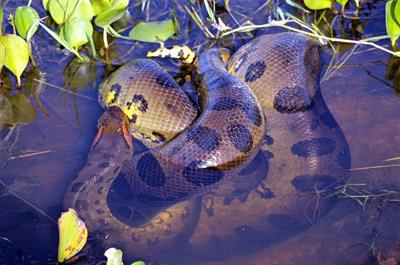
anaconda — [ˌæn.əˈkɒn.də] — anakonda
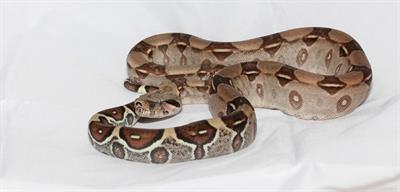
boa — [ˈbəʊ.ə] — žņaudzējčūska
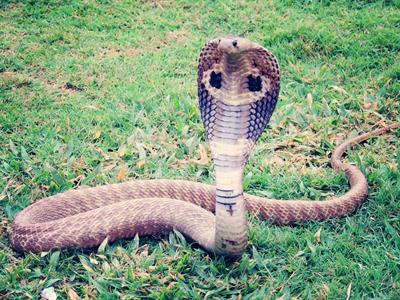
cobra — [ˈkəʊ.brə] — kobra
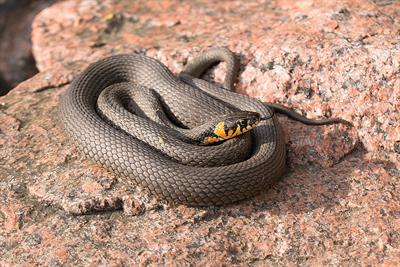
grass snake — [ˈɡrɑːs.sneɪk] — zalktis
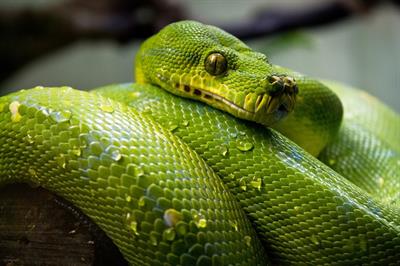
python — [ˈpaɪ.θən] — pitons
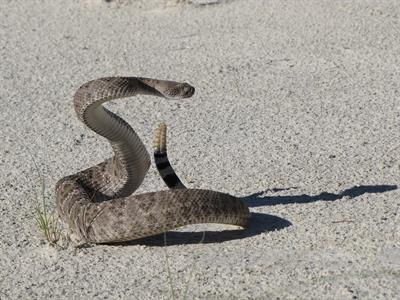
rattlesnake — [ˈræt.əl.sneɪk] — klaburčūska
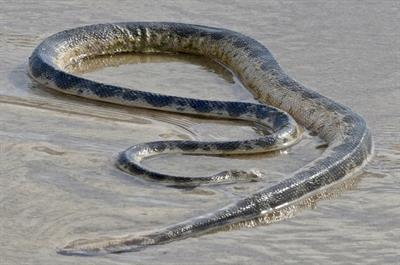
sea snake — [ˈsiː.sneɪk] — jūrasčūska
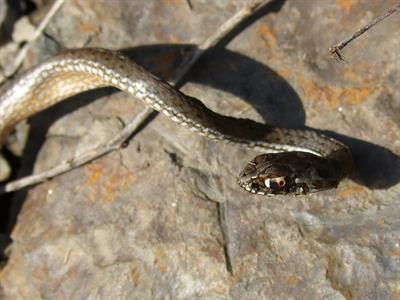
smooth snake — [ˈsmuːð.sneɪk] — gludenā čūska
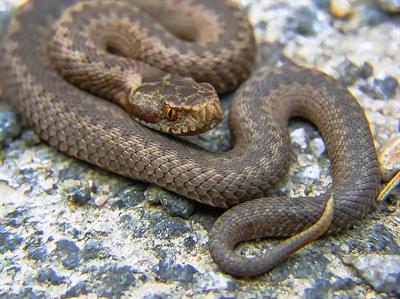
viper — [ˈvaɪ.pər] — odze
Atsauce:
https://kids.kiddle.co/Snake
https://www.theschoolrun.com/homework-help/reptiles
https://www.sciencekids.co.nz/sciencefacts/animals/reptile.html